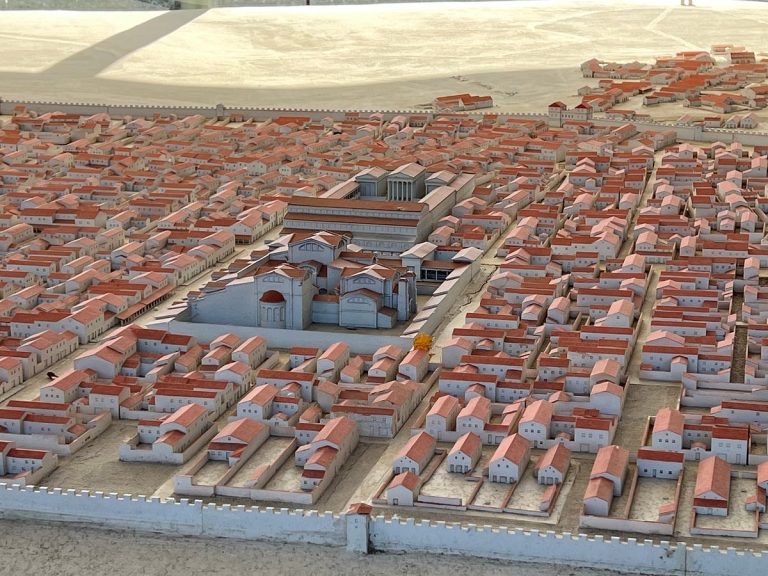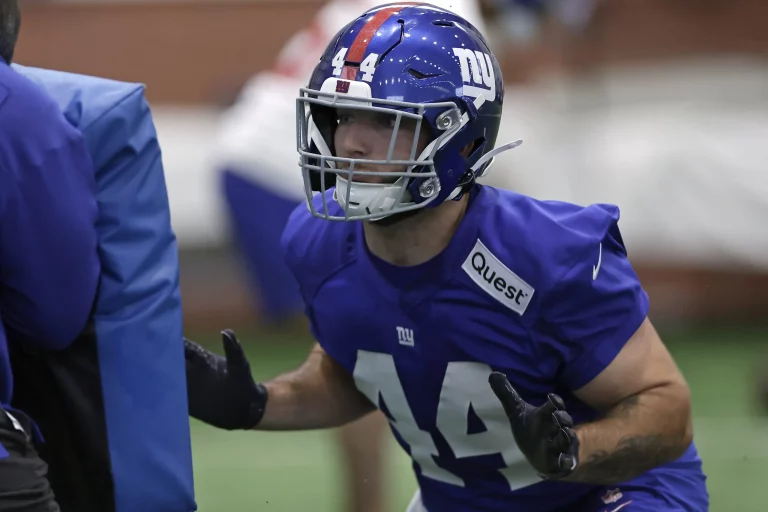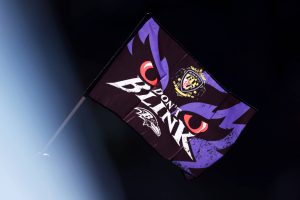Thanya Iyer is a Montreal-based singer-songwriter and violinist who was born to Indian parents and grew up taking lessons in Indian music and dance. She went on to music and psychology at Montreal’s Vanier College, and by the time she graduated in 2017, she had already released her debut album, Do You Dream?, the year prior. It’s an immersive collage of spiritual jazz, experimental pop, and ambient folk that grew more fully-realized on 2020’s Polaris long-listed KIND, one that Iyer and her band continue to hone in on their latest LP, TIDE/TIED. Though they released an EP, rest, in 2022, the five-year gap between albums lends the new collection a different kind of gravity, and the group – including co-producers Pompey and Daniel Gélinas – deftly bear the weight. It is a stirring, swirling antidote to numbness, but it is also the rare kind of therapeutic, jazz-inflected, spiritually-minded music that doesn’t skip to mantras so much as circle the journey around them, paddling through uncertainty and pain. “What do we do when we can’t breathe?/ I forget how to be, how to feel like I’m free,” she sings on ‘Low Tides’. Riding with the feeling, with this group of people, brings her closer to a future far beyond our immediate line of vision.
We caught up with Thanya Iyer for the latest edition of our Artist Spotlight series to talk about healing through music, the journey to TIDE/TIED, her collaborative process, and more.
There is a line in ‘Where does that energy go?’ that felt like a good starting point, because it’s about how you used to travel light and how much you really took away from the world. Do you mind speaking to that past?
It’s kind of about waking up, on so many different levels. Internally with our own histories of trauma, and then outside in the world to systemic forces of oppression. I have chronic pain in my hip, and that impacts my mobility. I’ve done everything physically; last fall I was in a more therapy path to it. And I think when I was writing ‘Where Does That Energy Go?, I was just feeling that weight of that confusion, I was first starting to explore that pain on a therapeutic level, and where these things come from. And I’ve realized that things like immigration, colonialism, and racism cut lines of families throughout generations. All of a sudden, we see lots of mysterious pain or disease in lots of BIPOC generations, so exploring that pain was about realizing that, like, maybe it’s deeper than having some hip tension. I’m trying to feel that narrative and accept it, and also not let it be so heavy. But it’s really that internal and external weight that we start to awaken to, just starting to notice.
When did your relationship with music become something therapeutic?
Through everything, music was always this place to be present and heal and process, and I feel like it will continue to take that place in a way that I hope is more consistent, almost. I think sometimes I forget that when I’m in the thick of things, and I want to remember how powerful art is, and why it draws us all together, why it’s so important that it is being made. Before the release started, I had this feeling of, “How lucky are we”? I was talking to Pompey and Daniel [Gélinas], my band, and I was like, “We’re so lucky that we get to play shows and experience that energy in a room with people.” Just feeling that hopefulness and the power of art.
Were there periods of doubt or disconnect since the release of your previous album?
A hundred percent. A lot of this album was written through me writing a song every day for two months. And then, I don’t know if it was just not giving myself permission or feeling really stressed, but I kept pushing album launches and shows and tours. And I was just like, “I can’t push things anymore.” And then I applied for school, and I did the music therapy program. And no regrets at all – I’m so glad that I got to explore that part of myself, because I knew it was always something that I wanted to do, and I didn’t expect it to happen so early. But it was such a rigorous program on top of me trying to do my music, and then teach lessons, and then all of these other community things that I was doing. It was so much and I felt like my personal music practice – me connecting to creativity not within the band or in the world – fell aside a little bit. I only recently remembered that this album came from me committing to that creativity every day, and such special, powerful things can come out from that work. Releasing the album has definitely been helpful in consolidating some things for me.
Was there a point where you felt this collection of songs moving in a more collaborative direction?
It’s always been really collaborative with the band. Usually, I bring a skeleton of a song, and we shape it together. And then, I guess because of the pandemic, I had even more time to explore my vision of what the songs could be. I was just in my room arranging, playing six violin and viola tracks over the songs, playing around with those arrangements. So it was really fun to explore that other part of myself and my interests, and then bring these ideas to the band in a more fully fledged vision. It’s like learning how we’re always growing and changing and trying to adjust that into our very collaborative space.
When we produced the album, Pompey and Daniel and I spent two weeks recording bed tracks, and then another twelve days in this apartment just having fun with the songs – overdubbing, everyone on their own computer in their room working on things, then coming back out and sharing ideas. It was very collaborative.
Is there a detail or memory that stands out to you in seeing the songs come to life that way?
One thing I thought was fun, in ‘What can we grow that we can’t see from here?’, there are these little things that would happen. At one point, Pompey put a gate on my synth, and the gate was attached to Daniel’s drums, and then we took out the drums and just thought, “Wow, the Prophet sounds so cool in this vibe.” There were all kinds of little surprises when we were on our computers working on the music. I tend to be in the “more is more fun” camp when it comes to overdubs – put every idea on there – but that creates a lot of work after the fact to do a lot of shaping. ‘Low Tides’ was one of those songs where we had so much material and really had to craft it. There were lots of small fun things.
On ‘High Tides’, you sing, “I want to write words that are easy to read.” A lot of the lyrics strike me as having that directness, but the words aren’t necessarily easy to sing. There’s a nuanced beauty not just to your voice, but how you mix and bring other voices into the songs. How has your relationship to your voice developed over the years?
I started off playing piano and classical violin. I did South Indian classical singing when I was younger, but not in a formal way, or not in this style of music. I only started taking vocal lessons towards the end of taking lessons. I find my voice has changed so much. If I listen to our first album, it’s just so different hearing my voice. I really feel this: The more you sing, the more that muscle builds. This was also the first album where we spent so much time in the studio really crafting the vocal tracks. For my last EP, it was like, “Okay, great,” and we recorded it pretty fast in a day. But here, we spent many days on it, and I feel like it became easier to sing everything. I learned a lot about the prep it takes to show up vocally in the studio.
One of my favorite moments on the album is on ‘Wash it all away’, when this prayer leads the music to recede and flow outward. How do you feel in that wave of quiet?
As someone who likes to play a lot and have lots of things going on – as I’m sure you noticed in the album – the wave of quiet, even when we perform it, feels like a breath to stay with. When I feel on stage that I can take as long as I need in that space, and don’t have to rush to find something, it gives me so much energy and confidence. There’s a lot of power in those spaces of silence, whether live or in that place – just a moment to breathe.
What else helps you stay grounded when performing or making songs?
I’m still learning what helps me. Slowing down is definitely one, but also not pushing through and acknowledging that if I’m feeling pressure in the songwriting process, it usually means something isn’t being taken care of, so maybe I need to switch what I’m doing or try something else. Even at a show, if something isn’t working – because we improvise a lot on stage and arrangements tend to take different shapes – it’s nice to try something new. That can bring excitement to me and shift whatever arrangement there is in the band as well. I really like when it happens in the band organically – when we play together a lot on tour, we start to read the vibe, and magical things can happen when you let things go.
The final track, ‘Waves/Hold/Tied’, is naturally split into three parts. The first part feels like the most vulnerable moment on the album, like it could have been the opener, but you reframe it by tying it to the other two parts. Why was it important to connect these parts? Were they separate at first?
That whole piece feels like the album’s thesis statement. At the start of the pandemic, when I was writing a little song idea every day, those were three different days, maybe weeks apart – I’m not even sure how I decided they should all be one song, but I was like, “Oh my god, it’s a suite!” Those different parts of the story, they felt connected to me, like chapters in a story. And placing it last – it feels like the main story of the album.
It’s interesting you bring up the vulnerability, because it’s true. It’s a really sad part of the album. But the third movement, every time I remember that line – “Try to remember you are part of something” – I get chills. When the choir, my friends, sang it on the album, I got chills. It’s the feeling I always want to remember and be left with, so that’s how it found its way to the end.
How did that duality of the album title, TIDE/TIED, strike you as perfect for the record? Has its meaning grown for you since it came up?
The album title was coined by my friend Blanche, who was helping us apply for some funding. I told her what all the songs were about, and she came back with, “Oh, this is TIDE/TIED.” Over the past three years, processing that title – even talking about it at shows – it’s always been about the waves of life, us being thrown around through it all but trying to find grounding, but also how we’re all interconnected. Those themes have been so present in the album’s narrative. And it helps ground me, too, thinking about the waves of life, the people in my life, how we’re all going through similar struggles together. Even with people we don’t know – all those stories are interconnected, too.
This interview has been edited and condensed for clarity and length.
Thanya Iyer’s TIDE/TIED is out April 30 via Topshelf Records.








